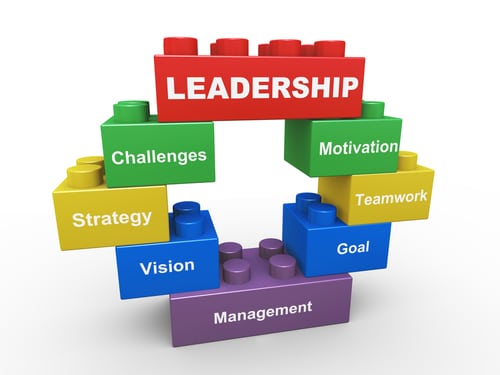I think it happens often enough that when an organization opens its doors to the outside, even if it is just to watch the competition, a climate of insecurity or fear emerges within the leadership and management.
Organizations have lived for many years within closed environments, so the approaches that address the challenges from open innovation, puts some tension on leadership and management approaches. When teams know how to manage this tension between- organization control and collaboration with exterior, and between technical and management contributions, it helps resolve personal and organizational conflicts.
“For the kind of manager who believes it’s a waste of money to go looking for smart ideas from “the crowd,” this is the kind of evidence that challenges the skepticism. Moreover, when we talk to companies about how they should connect with innovators outside their business, we encourage them to solicit ideas both from unrelated AND adjacent industries.” – Andy Zynga
Leadership Skills Needed for Collaboration Are Different
The members of the organization who play this role should establish the direction that employees must follow and ensure that the resources meet the needs of the activities they wish to see carried out. To motivate people and managing resources are not the same thing, and while the latter calls for a strong monitoring component, which is incompatible with the desired collaboration or open innovation, the first requires a predisposition for the initiative and the responsibility of the members of the organizations.
This means that going from a situation of analysis of individual contributions of experts to interdisciplinary teams with internal and external relationships requires a very different leadership based on social skills.
To lead these teams to great results we could imagine, in organizations, a leader of excellence that matched the external with the internal potential in order to maximize the benefits of connectivity that translates into greater diversity and more wealth in knowledge and creativity. In a society where the game is always changing, the innovations seem short-lived and organizations need strong leadership to make the boat navigating in these tumultuous waters.
Strong leaders are those who don’t make others feel smaller, out of context or with feelings of guilt when they fail. They are ones who add value to employees and create a sense of ability, respect while making them feel welcome.
Open innovation must be led by people with high social intelligence.
Here, what I think are some of the features of a helmsman in open innovation.
- The ability to “read” situations, to understand the social context which influences behavior, and to choose behavioral strategies that are more likely to succeed.
- The ability to convey his image, his external feelings in a way that others perceive clearly and that generates trust (trust is the cornerstone in open innovation).
- The ability to generate the perception that he is honest with himself but above all with internal staff and external partners.
- The ability to effectively communicate, explain the concepts clearly and to convince with the ideas, facilitating a common language in innovation.
- The ability to create a sense of connection with others, understanding their needs deeply.
Using fully all the features that they have, open innovation leaders can break through the boundaries between the inside and the outside and promote talent retention and at the same time they enrich the organization with new blood, thus giving rise to a new and richer ecosystem.
Overcome the tendency for absolute control and invest in collaboration creates fundamental trust levels for innovating with external partners.





0 Comments